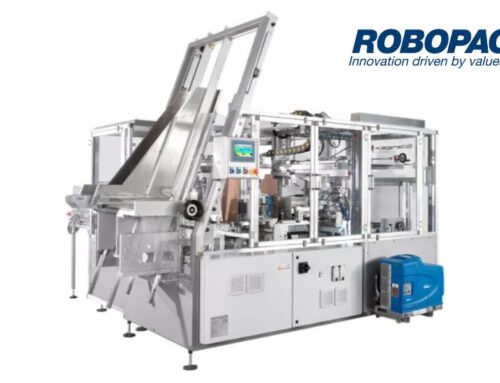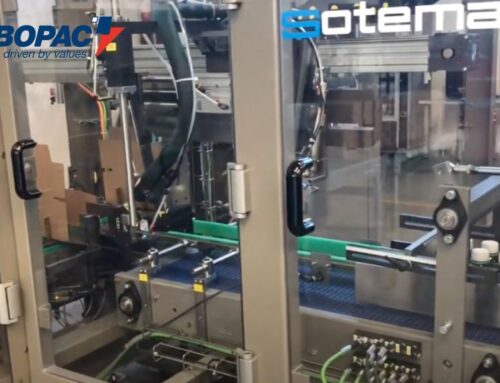Pallet wrapping plays a crucial role in ensuring the safety and stability of products during transport and storage. However, some common mistakes can lead to primary packaging and product damage, wasted resources, and extra costs. Knowing your way around these challenges helps you protect your goods and consistently deliver high-quality products to customers. Optimize your product delivery to the supply chain with these ways to avoid the most common pallet wrapping mistakes.
Optimize Your Containment Force
Containment force is the key factor that holds your products together on the pallet. It’s essential to apply the right amount of force to achieve a secure and stable pallet load. Too little force may result in products shifting during transit, while too much force can damage the primary packaging and goods.
To optimize containment force, begin by identifying the ideal wrap force or tension for your products. Consider factors such as the unique characteristics of your goods, the pallet size, and the transportation method. Furthermore, make sure you invest in a stretch film wrapping machine that can deliver the precise settings you need to optimize containment force. Features like pre-stretch, multiple wrapping layers, and flexible controls that you can adjust to suit each product and pallet type will help you achieve an optimal pallet wrap every time.
Secure Your Load to the Pallet
To minimize the risk of products falling off during transit, it’s important to secure the unitized products to the pallet. Techniques like stretch film roping—where a tightly rolled cable of film loops around the pallet and locks the load in place—can prevent products from shifting and tipping during transit. Additionally, consider using corner boards or other reinforcement materials to add extra stability and support to the load.
Avoid Film Tails
Excess film dragging behind or below the pallet can get tangled up in equipment, snag and jerk or tip the pallet, or create a loose end that unravels the load. To avoid these issues, optimize stretch film usage so that you aren’t applying too much film to each pallet. Additionally, make sure that your wrapping process includes cutting and securing the film tail at the end of each wrap cycle.
Stack Products Strategically
Strategic palletizing is critical to ensuring product safety and efficient transportation. By distributing weight evenly and preventing lighter products from being crushed at the bottom of the pallet, you can maintain the integrity of each load throughout transit. Automatic palletizers stack your products effortlessly and correctly every time.
Let Robopac USA help you avoid the most common pallet wrapping mistakes when you implement our cutting-edge secondary packaging equipment. Explore automatic and semi-automatic stretch wrappers, pallet wrappers, and more when you visit us at Robopac USA today.







